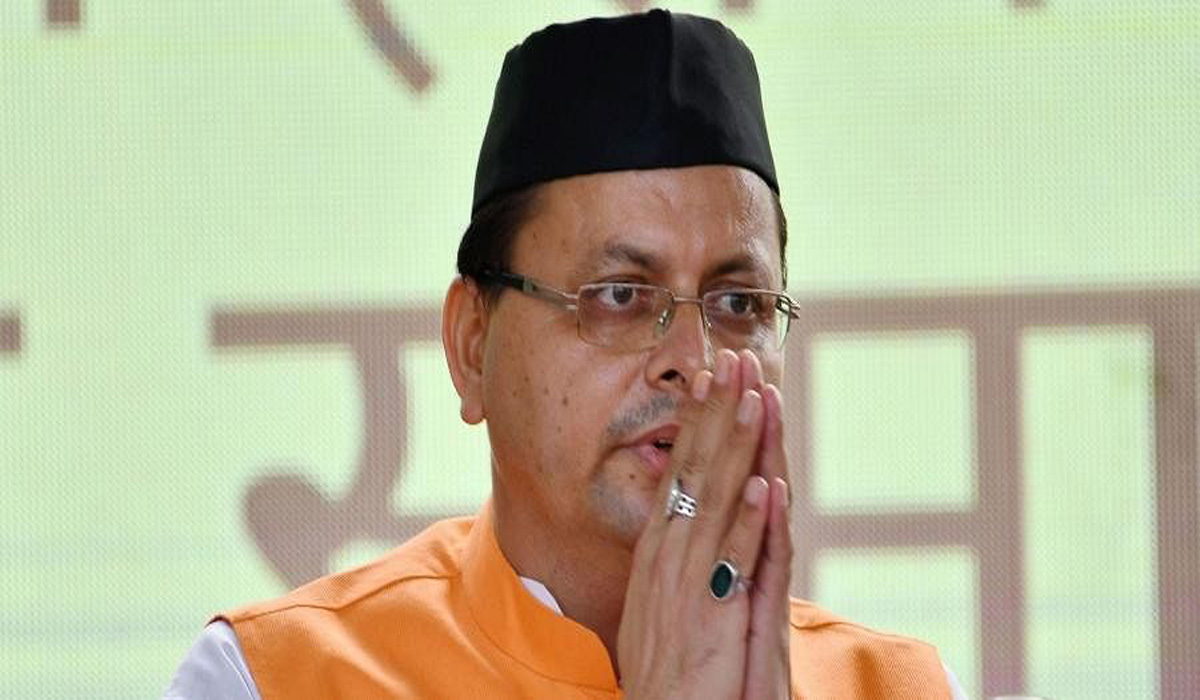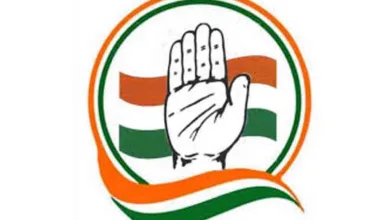State
CM talks to sanitation workers, police & villagers during morning walk in Bharadisain

Thursday, 16 March 2023 | PNS | DEHRADUN
While on morning walk along the main road within the Bharadisain Assembly premises, the Chief Minister Pushkar Singh Dhami talked to some sanitation workers. The CM also talked to the on- duty police personnel in the Assembly and inquired about whether they were satisfied regarding accommodation and food arrangements made for them. Besides, he talked to the people from the local villages to understand their problems.






